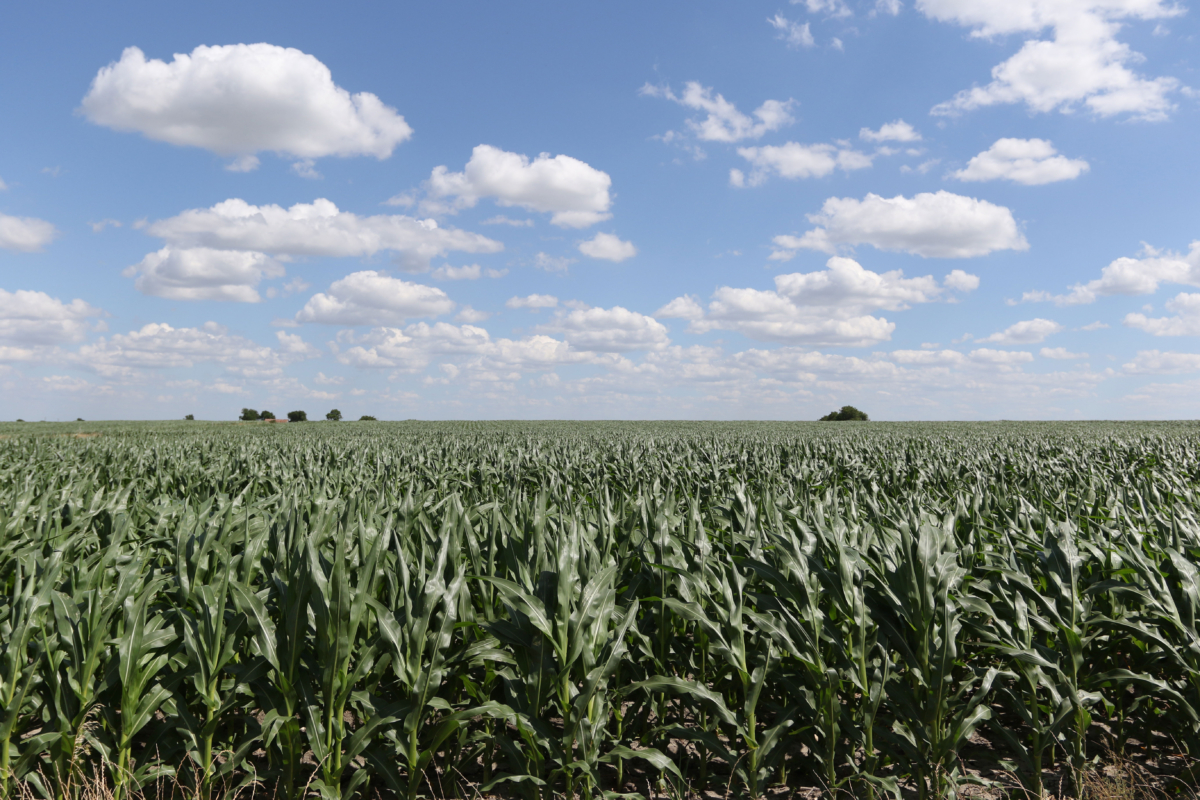American agriculture exports achieved a record in 2021 despite numerous headwinds.
U.S. Department of Agriculture (USDA) data show 2021 exports of U.S. farm and food products totaled $177 billion, 18% higher than 2020 and nearly 15% higher than the previous record set in 2014.
“These record-breaking trade numbers demonstrate that U.S. agriculture is incredibly resilient as it continues to provide high-quality, cost-competitive farm and food products to customers around the globe,” U.S. Secretary of Agriculture Tom Vilsack said. “This is a major boost for the economy as a whole, and particularly for our rural communities, with agricultural exports stimulating local economic activity, helping maintain our competitive edge globally, supporting producers’ bottom lines and supporting more than 1.3 million jobs on the farm and in related industries such as food processing and transportation.”
The United States’ top 10 export markets all saw gains in 2021, with six of the 10—China, Mexico, Canada, South Korea, the Philippines and Colombia—setting new records.
Worldwide exports of many U.S. products—including soybeans, corn, beef, pork, dairy, distillers grains and pet food—also reached all-time highs.
China remained the top export destination, with a record $33 billion in purchases, up 25% from 2020, while Mexico inched ahead of Canada to capture the number two position with a record $25.5 billion, up 39% from last year.
American Farm Bureau Federation Senior Economist Veronica Nigh noted the record comes despite several challenges in 2021, some of which have continued into 2022.
“We continue to have supply chain issues. We continue to have transportation-related issues. The disruption that we’re seeing in Canada is certainly going to add up,” she said. “In the U.S., we export about $24 million in ag products each day across that Detroit crossing. So, the longer that piles up, the more challenging it will be. So hopefully, of course, we’ll continue to have record exports in 2022, but there’s still a lot of headwinds for exporters to achieve those goals.”
And China failed to reach the full obligation under the Phase One Agreement, leaving further untapped export potential.
“The Phase One agreement ended at the end of 2021,” Nigh said. “We saw them miss their overall import level by about $13 billion over the 2020-2021 range. So, while we had record exports to that country, they could have been higher, and we see that reflected in the market share data. U.S. market share has yet to recover from the trade dispute that we’ve had with the Chinese.”
Nigh also noted the increased commodity prices and rising global inflation contributed to the record-high exports.
“About two-thirds of that increase can be attributed to increases in price, and then about a third attributed to increases in quantity exported,” she said. “So, certainly a lot of price action but additional product being shipped, as well.”
For a detailed summary of 2021 U.S. agricultural exports by market, view the 2021 U.S. agricultural exports by market summary.
For a detailed summary of 2021 U.S. agricultural exports by product, view the 2021 U.S. agricultural exports by product summary.

